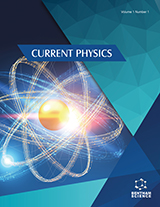Abstract
Multifarious arguments pro et contra convergent realism are scrutinized. It is exhibited that to overcome the troubles of convergent realism one has to turn from classical or ‘metaphysical’ realism to non-classical or ‘internal’ one, grounded on Kantian epistemology, and to the so-called ‘coherent theory of truth’. Internal realism has no unassailable problems in grappling with the problem of empirically-equivalent theoretical descriptions and historical meta-induction problem, but obtains the quandary of objectivity of scientific knowledge instead. One of the ways out is proposed by the scientific knowledge growth model elaborated by Rinat Nugayev and by Peter Galison. Any paradigm is a local viewpoint that springs out of the culture into which its creator was submerged. However, an encounter of different paradigms leads to their interaction and intertwinement and, as a result; the crossbred theoretical objects are carefully constructed. Via their systems, the interpenetration of one paradigm into the other one takes place. To elucidate the proposed model of the growth of knowledge, the inter-theoretical context of the Copernican revolution is scrutinized.
Keywords: Almagest, Aristotle, Barnes, Bloor, Carnap, Cartwright, Coherence theory of truth, Convergent realism, Copernican revolution, Crossbred objects, Divine astronomy, Entity realism, Feyerabend, Foucault, Galileo, Galison, Hacking, Hybrid theory, Internal realism, Kantian epistemology, Kepler, Koertge, Kuhn, Lakatos, Laudan, Mature theory, Maxwell.













